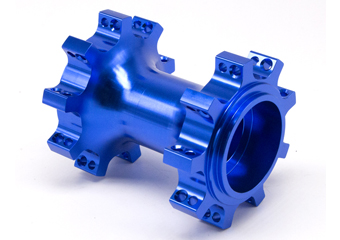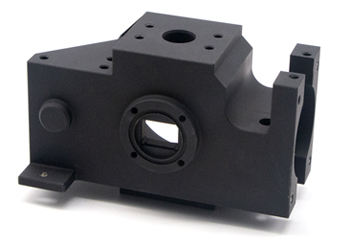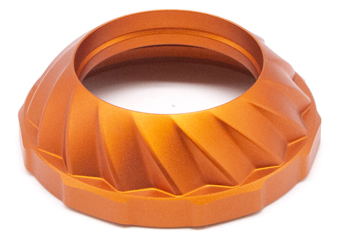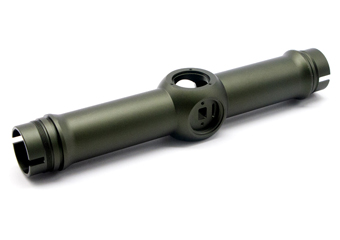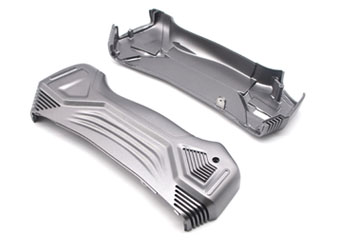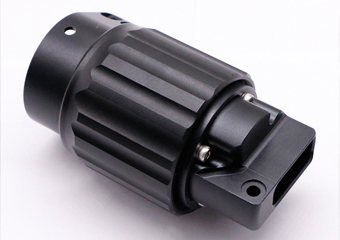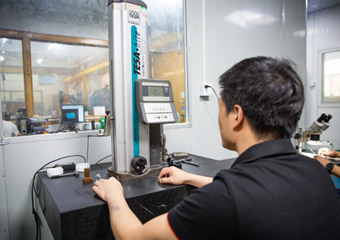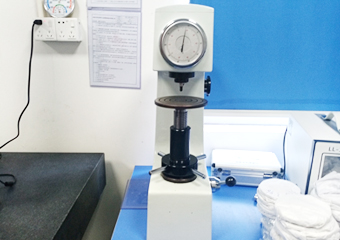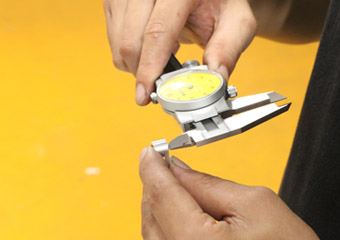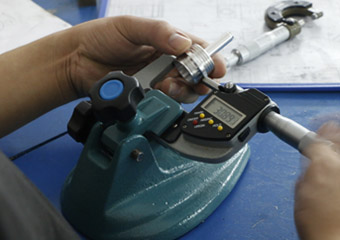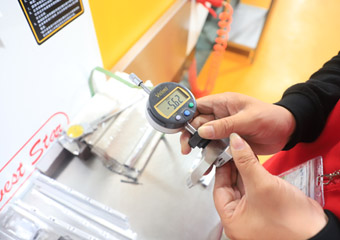Why Sandblasting is a Common Surface Treatment for Aluminum?
Sandblasting is a widely used surface treatment method for aluminum due to its effectiveness in enhancing the material’s appearance, texture, and performance. This article delves into the reasons why sandblasting is a popular choice for aluminum surfaces finishing.
Aluminum is a versatile material with various applications, ranging from aerospace to consumer goods. Sandblasting is a preferred technique for treating aluminum surfaces due to its ability to provide both functional and aesthetic benefits.
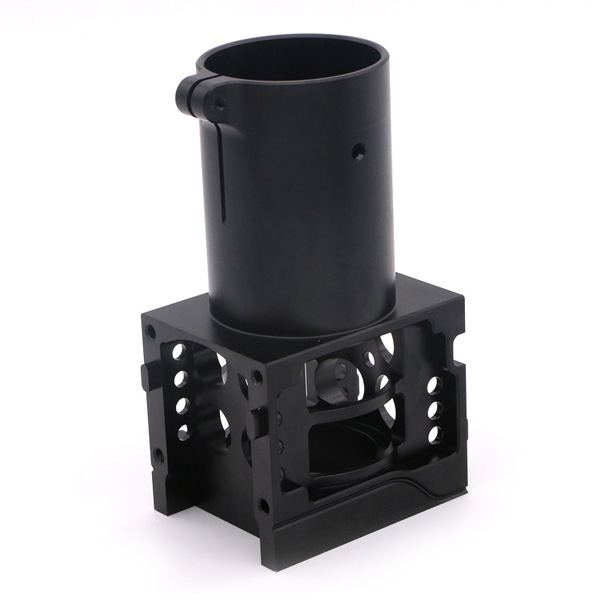
Advantages of Sandblasting for Aluminum
Enhanced Adhesion
Sandblasting roughens the aluminum surface, creating micro-indentations that improve adhesion. This is particularly valuable when applying coatings, paints, or adhesives, ensuring a stronger bond and longer-lasting finish.
Uniform Texture
Sandblasting provides a uniform texture across the aluminum surface. This consistent texture not only enhances aesthetics but also promotes uniform coating application, reducing the risk of uneven finishes.
Aesthetic Appeal
Sandblasting imparts a matte or satin-like finish to aluminum, which can complement the design and overall aesthetics of products. This finish is especially popular in industries where a refined yet not overly reflective appearance is desired.
Conclusion
The choice of sandblasting as a common surface treatment for aluminum is rooted in its ability to enhance adhesion, create a uniform texture, and provide an aesthetically pleasing finish. By leveraging the benefits of sandblasting, industries can achieve improved product performance and visual appeal across a wide range of aluminum applications.
Key Grinding Performance of Aluminum Sandblasting Media: Shape, Size, Hardness, Density
The effectiveness of sandblasting on aluminum surfaces is heavily influenced by the grinding performance of the chosen abrasive media. This article examines the critical factors of abrasive performance—shape, size, hardness, and density—that play a pivotal role in achieving optimal sandblasting results on aluminum.
Sandblasting is an essential surface treatment method in various industries, and the choice of abrasive media profoundly affects the efficiency and quality of the process on aluminum surfaces.
Role of Abrasive Performance
The characteristics of abrasive media significantly impact the grinding and texturing process during sandblasting.
Effect of Abrasive Shape
Angular abrasive particles with sharp edges can more effectively remove material and create textured profiles on aluminum surfaces, compared to rounded particles that provide smoother finishes.
Impact of Abrasive Size
The size of abrasive particles determines the rate of material removal and the resulting surface texture. Smaller particles yield finer finishes, while larger ones may produce rougher textures.
Abrasive Hardness and Aluminum
Selecting abrasive media with a hardness greater than aluminum is essential to ensure effective material removal without excessive wear on the abrasive particles themselves.
Density’s Influence on Abrasive Performance
Denser abrasive media can deliver more substantial impact forces, leading to enhanced material removal and potentially deeper texturing on aluminum surfaces.
Conclusion
The critical abrasive performance factors—shape, size, hardness, and density—play a decisive role in the success of sandblasting on aluminum surfaces. By carefully selecting abrasive media that aligns with the desired results and optimizing these characteristics, industries can achieve precise texturing, surface preparation, and coating adhesion enhancement, tailored to their specific aluminum applications.
Choosing an Aluminum Blasting Abrasive: Pros and Cons
Choosing the right blasting abrasive for aluminum surfaces requires consideration of their strengths and weaknesses. This article explores the advantages and disadvantages of different blasting abrasives to help make informed decisions about the best surface preparation.
Sandblasting plays a vital role in the surface preparation, cleaning and texturing of aluminum materials. Selecting the correct blasting abrasive is critical to achieving the desired results. Different abrasives have unique properties that affect their suitability for specific applications.

The Importance of Abrasive Selection
The choice of abrasive significantly affects the efficiency, quality and results of aluminum blasting.
Types of Blasting Abrasives
Common aluminum blasting abrasives include zircon grit, cinder, silicon carbide, alumina, garnet, glass beads, steel grit, quartz sand, and plastic.
Zirconia sand
Pros: High hardness, ideal for heavy-duty applications, high material removal efficiency. It is the most delicate and textured, but it also costs a lot. Typically, most products do not use this type of zircon sand. Unless it is a special electronic product, such as the casing of the iPhone, this zircon sand will be chosen to make it for aesthetic purposes.
Materials: Metals, ceramics and alloys.
Cost: Relatively high cost due to performance advantages.
Cinder
Pros: Strong material removal, great for removing heavy rust and paint.
Defect: Too rough for delicate surfaces, can generate dust.
Cost: Usually an economical choice.
Silicon carbide
Advantages: high hardness, very suitable for tough materials, efficient cutting action.
Cons: May leave a rough texture, not suitable for delicate surfaces.
Aluminum Oxide
Advantages: high hardness, high material removal efficiency, suitable for various surfaces.
Cons: Generates heat and may leave a rough texture.
Garnet
Pros: Economical, medium firmness, great for gentle cleansing and texturizing.
Cons: May not be suitable for heavy duty applications.
Glass Bead
Pros: Gentle cleansing, smooth finish for intricate details.
Disadvantages: Lower material removal rate, thick coatings may not be removed. The effect will be uneven. Because glass sand is easy to break, it will cause the sand to be of different sizes and uneven after a period of use, which will lead to irregular use for a long period of time, so it needs to be replaced to ensure this quality.
Pros: Moderately priced.

Steel Grit
Pros: High material removal rate for heavy-duty applications.
Cons: May be too aggressive for some surfaces, risk of damaging the substrate.
Quartz Sand
Benefits: Economical and effective for gentle cleansing and texturing.
Disadvantages: Dust generation, limited material removal compared to harder abrasives.
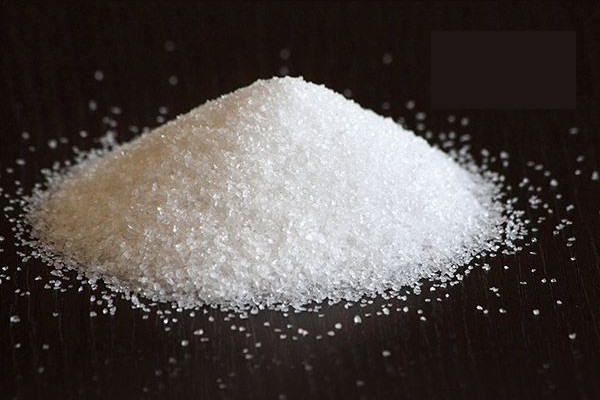
Plastic Medium
Advantages: delicate cleaning, no damage to the surface, suitable for complex work.
Cons: Limited material removal, may not be able to handle thick coatings.
Cost: May be relatively more expensive due to special attributes.
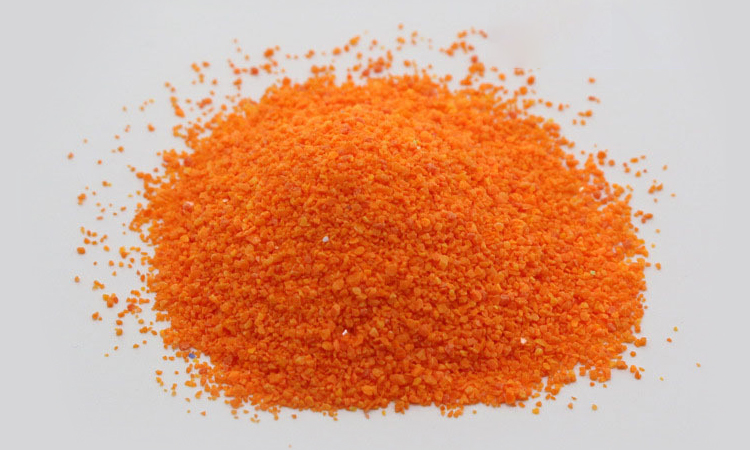
Conclusion
Choosing an aluminum blasting abrasive requires weighing the pros and cons of each type. By understanding the properties of zircon grit, cinder, silicon carbide, alumina, garnet, glass beads, steel grit, quartz grit, and plastic media, the industry can customize the blasting process to achieve the desired surface texture, cleanliness, and Enhanced level and coating adhesion.
Selecting Sandblasting Grit Size for Aluminum Parts: Industry-specific Applications
Choosing the appropriate sandblasting grit size for aluminum parts is a critical decision that varies based on industry requirements. This article explores the recommended grit sizes for aluminum parts and their specific applications across different industries.
Sandblasting is a fundamental process for aluminum surface preparation and texturing, and the selection of grit size plays a pivotal role in achieving desired outcomes.
Sand blasting is a process to make this product achieve better consistency, roughen the surface of the product, and increase the roughness. Just like we choose different roughness for different products, then we need to make it according to customer’s requirements.
Importance of Grit Size Selection
Choosing the right grit size ensures effective material removal, surface texture, and adhesion enhancement for coatings.
Recommended Grit Sizes for Aluminum
The recommended grit sizes for aluminum parts generally fall within the range of 80 to 120 mesh, offering a balance between material removal and surface finish.
Automotive Industry
Grit Size: 80-100 mesh
Applications: Removing rust, paint, and corrosion from aluminum car parts. Achieving surface preparation for painting and coatings.
Aerospace Industry
Grit Size: 100-120 mesh
Applications: Surface preparation of aluminum components for aircraft. Achieving precise texture and coating adhesion on aerospace parts.
Electronics Industry
Grit Size: 100 mesh
Applications: Cleaning and texturing aluminum parts used in electronic devices. Ensuring optimal adhesion of coatings and treatments.
Construction Industry
Grit Size: 80 mesh
Applications: Preparing aluminum surfaces for construction equipment and structures. Achieving optimal surface conditions for coatings and finishes.
Commonly used are such mechanical parts and equipment parts. We will choose 50 mesh, 80 mesh or 100 mesh, etc. These types are relatively rough, and there are basically no strict requirements on the surface of the product, so the quality is the main thing, and the overall consistency of the product will be better. It will be even better when finished.
Ordinary products: For some commonly used electronic products, most of them are 120 mesh and 150 mesh. For example, 150 mesh is a mid-to-high-end product, and it looks better overall. Generally, customers have requirements on the appearance of this product and need to cover the traces of CNC machining on the surface, so they choose 150 mesh.
High-precision products: For some high-precision products, there are very delicate requirements for appearance. In addition to our usual requirements for the surface of this product during CNC machining, we will also choose finer ones during sandblasting and rough machining. For example, the 180-mesh sand we usually use has high requirements on the surface of the product, and the sand must be fine. It looks very high end. For example, the iPhone case we usually use is made of 220 mesh sand. At the beginning, there is basically no rough feeling, and the roughness is very small. But the cost will be high, the 120 and 150 mentioned before, because the production control requirements are very strict compared with those common products.
|
|
|
|
|||||
|
|
|||||||
|
|
|
|
|||||
Conclusion
The appropriate grit size for sandblasting aluminum parts depends on the industry and specific application. While grit sizes ranging from 80 to 120 mesh are generally recommended, industries such as automotive, aerospace, electronics, and construction each have their unique requirements. By selecting the right grit size, industries can achieve precise texturing, surface preparation, and coating adhesion enhancement tailored to their specific aluminum applications.
Aluminum Surfaces Optimum Blasting Pressure
The sandblasting pressure applied to aluminum surfaces plays a vital role in achieving desired results. This article delves into the significance of selecting the right sandblasting pressure for effective surface preparation and texture on aluminum.
Sandblasting is a key process for aluminum surface treatment, and the pressure used during the process is a critical factor in determining the outcome.
Sandblasting Pressure Importance
Sandblasting pressure affects material removal, surface texture, and adhesion enhancement for coatings.
Factors Affecting Pressure
Variables such as the type of sandblasting media, aluminum alloy, surface condition, and desired outcome impact the optimal pressure.
Recommended Pressure Range
The recommended sandblasting pressure for aluminum generally falls within the range of 40-80 psi (2.8-5.5 bar). This range balances effective material removal with preventing excessive surface damage.
Considerations for Different Aluminum Applications
Delicate Components: Lower pressure is advisable for delicate aluminum components to avoid surface deformation.
Heavy Rust or Coatings: Higher pressure can effectively remove tough coatings or heavy rust from aluminum surfaces.
Precise Texturing: Moderate pressure is suitable for achieving precise surface texture without causing roughness.
Conclusion
The appropriate sandblasting pressure for aluminum surfaces depends on factors like the type of media, aluminum alloy, surface condition, and desired outcome. By adhering to the recommended pressure range and considering the specific requirements of different aluminum applications, industries can achieve optimal surface preparation, texturing, and coating adhesion enhancement.
Testing Sandblasting on Aluminum Parts: Methods and Considerations
Evaluating the effectiveness of sandblasting on aluminum parts involves specific testing methods and considerations. This article outlines how to conduct testing to ensure optimal surface preparation and texture.
Testing the sandblasting process on aluminum parts is crucial to ensure desired outcomes and adherence to quality standards.
CNCMF has the following detection equipment:
 |
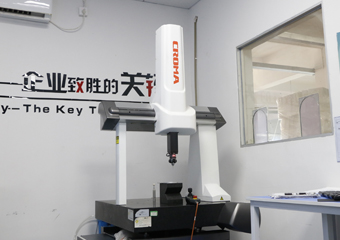 |
 |
||||||
|
|
|
|
||||||
|
|
|
|
Importance of Testing
Effective testing ensures proper surface preparation, texture, and adhesion enhancement for coatings.
Surface Profiling Measurement
Utilize tools like surface profilometers to measure the surface profile depth achieved through sandblasting. This ensures the desired level of texture for coating adhesion.
Coating Adhesion Testing
Conduct adhesion tests on coated aluminum parts to assess the bonding strength between the substrate and the applied coating. Various methods, such as pull-off tests, can gauge adhesion quality.
Visual Inspection
Perform a visual inspection to check for any inconsistencies, surface defects, or roughness that might affect the part’s performance.
Considerations for Different Aluminum Applications
Automotive Parts: Test coating adhesion and surface profile to ensure durability and longevity.
Aerospace Components: Rigorous adhesion and texture tests are critical for aircraft safety and performance.
Electronics Housing: Assess surface smoothness and adhesion to ensure proper functionality and appearance.
Conclusion
Testing the sandblasting process on aluminum parts involves surface profile measurements, coating adhesion tests, visual inspections, and application-specific considerations. By conducting thorough testing, industries can guarantee the quality, durability, and performance of sandblasted aluminum components across various applications.
Determining Sandblasting Duration for Surface Treatment: Factors and Guidelines
Establishing the appropriate duration for sandblasting surface treatment involves considering several factors and following specific guidelines. This article explains how to determine the optimal sandblasting time to achieve desired surface preparation and texture.
The duration of sandblasting significantly influences the quality and effectiveness of surface treatment on various materials, including aluminum.
Importance of Proper Sandblasting Duration
Applying the right duration ensures consistent texture, effective material removal, and enhanced coating adhesion.
Surface Condition Assessment
Evaluate the initial state of the surface, including contaminants, rust, and coatings. Heavily corroded surfaces may require longer blasting times.
Material and Coating Considerations
Different materials and coatings have varying hardness and adhesion characteristics, affecting the required blasting duration.
Abrasive Media and Particle Size
The abrasive media type and particle size influence how quickly material is removed. Smaller particles may require longer blasting times for desired texture.
Equipment and Pressure Settings
The type of blasting equipment and the pressure settings impact the efficiency of material removal and surface texture achieved.
Trial and Testing
Conduct initial trials with varying blasting durations to assess the desired surface texture and removal rate. Adjust the duration based on trial results.
Conclusion
Determining the appropriate duration for sandblasting surface treatment involves a comprehensive approach that considers surface condition, material and coating characteristics, abrasive media, equipment, and testing. By carefully assessing these factors and conducting trials, industries can ensure consistent and optimal surface preparation and texture across different applications.
Common Sandblasting Questions for Aluminum Surfaces
Sandblasting is a versatile process used for aluminum surface treatment. This article addresses common questions related to sandblasting aluminum, providing insights into various aspects of the process.
Why Sandblast Aluminum?
Sandblasting prepares aluminum surfaces by removing contaminants, oxides, and coatings, resulting in enhanced adhesion for coatings and treatments.
What Abrasive Media to Use?
Abrasive media selection depends on the desired surface texture, material removal rate, and application. Common choices include aluminum oxide, glass beads, and silicon carbide.
How to Choose the Right Pressure?
Select sandblasting pressure based on the type of media, aluminum alloy, surface condition, and desired outcome. The pressure range generally falls between 40-80 psi.
Can Sandblasting Damage Aluminum?
When done correctly with appropriate pressure and media, sandblasting does not damage aluminum. Proper settings prevent excessive material removal.
How Does Sandblasting Improve Coating Adhesion?
Sandblasting creates a textured surface profile that enhances the mechanical bond between coatings and aluminum, ensuring improved adhesion and durability.
Is Sandblasting Environmentally Friendly?
Sandblasting can generate dust and waste materials, so proper containment and disposal practices are crucial to minimize environmental impact.
Understanding common sandblasting questions related to aluminum surfaces helps industries make informed decisions for optimal surface preparation, texturing, and coating adhesion enhancement. By addressing these inquiries, industries can achieve consistent and high-quality results in various aluminum applications.
Conclusion
With a deep understanding of sandblasting’s intricacies and its applications on aluminum surfaces, industries can enhance surface preparation, texture, and coating adhesion for diverse projects. By considering various factors, testing methods, and industry-specific requirements, sandblasting becomes a powerful tool for achieving consistent, high-quality results that meet the demands of modern applications across sectors.
